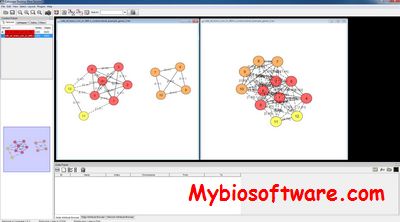scHiCNorm
:: DESCRIPTION
scHiCNorm is a software package for eliminating systematic biases in single-cell Hi-C data. Considering that single-cell Hi-C data are zero-inflated, here we use zero-inflated (Poisson and Negative Binomial) and hurdle (Poisson and Negative Binomial) models to remove biases, including cutting sites, GC content, and mappability.
::DEVELOPER
:: SCREENSHOTS
N/A
:: REQUIREMENTS
- Linux
- Perl
:: DOWNLOAD
:: MORE INFORMATION
Citation
Liu T, Wang Z.
scHiCNorm: a software package to eliminate systematic biases in single-cell Hi-C data.
Bioinformatics. 2018 Mar 15;34(6):1046-1047. doi: 10.1093/bioinformatics/btx747. PMID: 29186290; PMCID: PMC5860379.



